OIL REFINING, BLEACHING AND DEODORATING EQUIPMENT GL-2000
Out of stock
22,800$
Out of stock
| OIL REFINING, BLEACHING AND DEODORATING EQUIPMENT GL-2000 | |
| Manufacturer | China |
| Model | GL-2000 |
| Energy type | Electric |
| Voltage | 380V |
| Electricity consumption | 54 sq/h (with steam generator) |
| Weight | 1180 kg |
| Raw material | Seed, sunflower, sesame or soybean oil |
| The size | 6000*1500*2400 mm |
| Material | Sus304 stainless steel |
| Operating speed per day | It can process up to 2000L/oil |
1. Collection
Use fuel injection technology, little investment, easy operation. According to the quality of the cake, adjust the technological parameters, many types of oil can be produced.
2. Sap and raw materials
Field of application: Oil processing line
Raw material:
Acid (HOCmmg/g): <15.0
Clarity (%): ≤ 2.0
Moisture and volatile (%): ≤2.0
3. Finished oil complies with the standard and can be used deodorized.
4. Technical goal
Power consumption: <49 kw/h/
Cycle Water consumption: <5m3 / t oil
Soft water: <180kg/t oil
Accessory consumption: sand <3%, phosphoric acid <0.2%
Consume processing
L% = 1 – purification % depends on crude oil and acid value.
5. Description of the process.
5.2. Description of the main process
Crude cottonseed oil contains less hydratable and non-hydratable phosphoric acid and high FFA. Thus, the line adopts a physical treatment method, which is not only more economical and effective than chemical treatment, but also does not cause pollution with waste water and waste air.
Bleaching section:
Degumming special section
Degumming is the process of removing the soluble waste in crude oil. Because phosphoric acid is the main part of the solubility mixture in crude oil. In the industry, degumming is also called to get rid of phosphoric acid. Before the distillation process for physical processing, the removal of solvent waste is a very important step, which can reduce oil loss and improve the quality of the oil.
The filtered crude oil is removed from the buffer tank. After passing through the dosing system, the oil enters the heat exchanger, which must be heated to a temperature of 60 C. It is then introduced into the mixer tank to be mixed with phosphoric acid added via a metering pump. The mixed acid flows into the reaction vessel to react for 15-20 minutes.
Then separate the gum and oil through a centrifuge. The oil changes the heat to 70 degrees and is poured before bleaching.
Information:
Phosphoric acid (80-85%) 0.05 – 0.2% crude oil
Operating time <20 min
100 kg/t for steam
The process before decolorization
The degummed oil is fed into the decolorizer, first opening the vacuum system to raise the temperature to remove the moisture.
The mud is mixed with water first into the tank / mud and oil, and then after cooling (110 degrees and under vacuum for 30 min or 30 minutes with the authorized state mixed for 30 minutes) is put into the decolorizer tank (there is yellow water in the decolorizer tank) oil for cooling), the temperature is up to 70 degrees or higher, which is poured into the filter to clean it from sand and oil.
Note: This process can remove up to 40% of the red color / carotenoids, as much is removed from the distillation process.
Data: P < 5ppm, Fe ion < 0.1pm, Cu < 0.01pm
Distillation process
Oil decolorized oil into a high vacuum distillation vessel and the temperature of the oil to distill for 4 hours is 210 degrees – 220 degrees.
FFA is extracted directly with steam.
After the hot oil is distilled and the oil is decolorized, the last oil is removed after the exchange.
Note: This process not only removes FFA, but also odor and most of the red color / heat sensitive decolorization process.
Oil and fat fractionation process
Dry fractionation of fats and oils is the separation of high-solubility triglycerides from low-solubility triglycerides by crystallization from solution. Apart from blending, this is the cheapest process in the processing of fats and oils. It is a purely physical process compared to other chemical modification processes such as hydrogenation and interesterification that modify triglycerides. Dry fractionation is now applied to many types of oils: palm oil, anhydrous milk fat, tallow, fish oil, lard, cottonseed oil, sunflower seed oil. i, palm kernel oil, fine oils and special oils.
In this process, the oils are melted and heated to destroy any crystalline memory. The melted fat cools under controlled stirring and cooling conditions, forming crystal nuclei resulting from high-melting triglycerides. Then, the nuclei grow and form crystals of the desired size. When crystallization is sufficiently advanced, the slurry is separated.
The final oil can be divided into 18 degrees, 24 degrees, 33 degrees depending on the melting point.




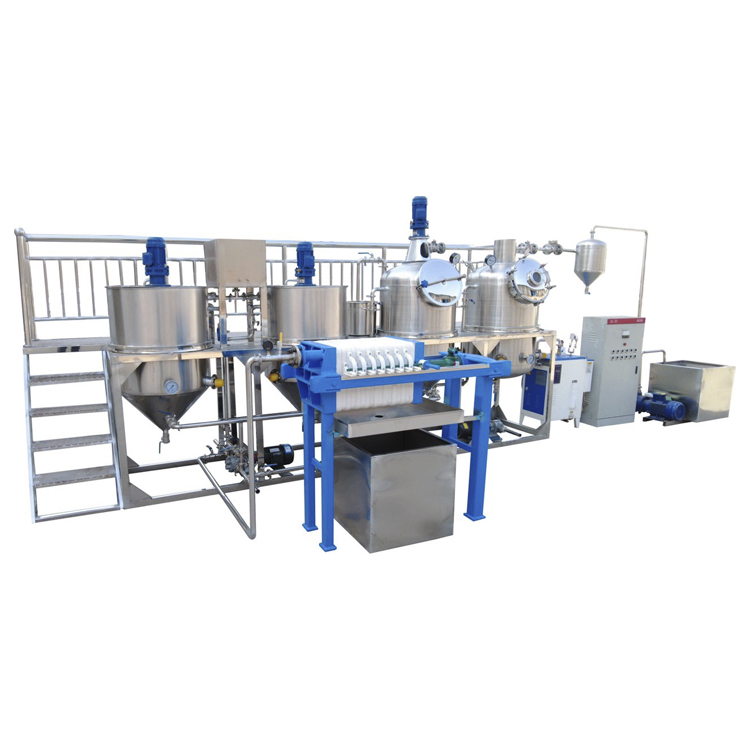
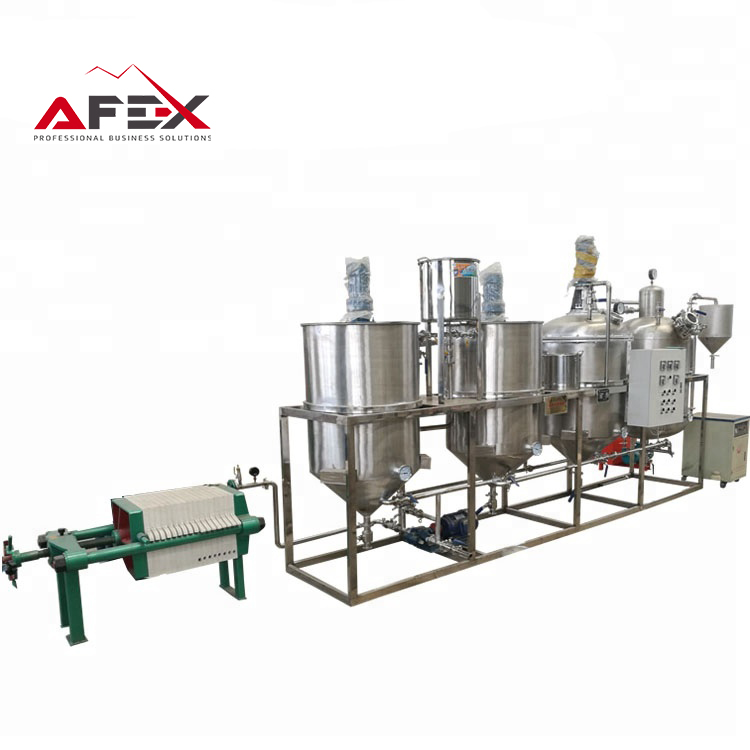
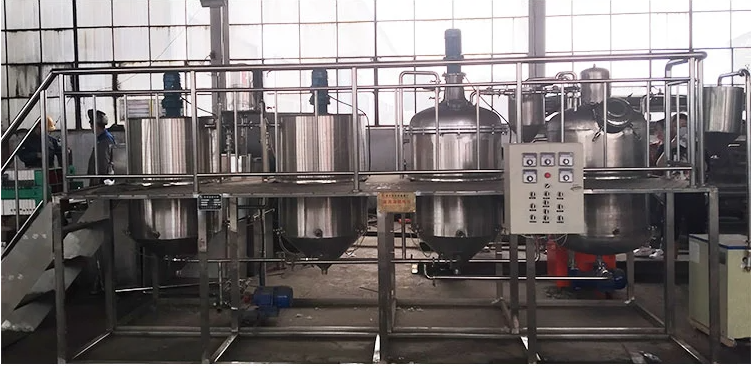
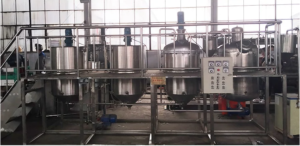
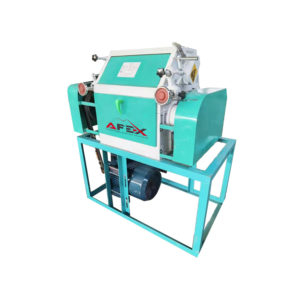
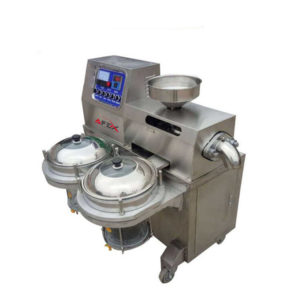
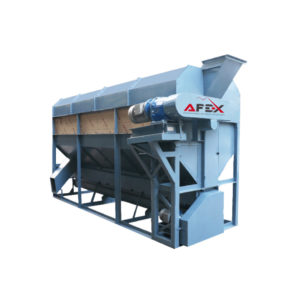
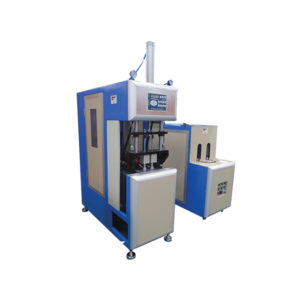
There are no reviews yet.